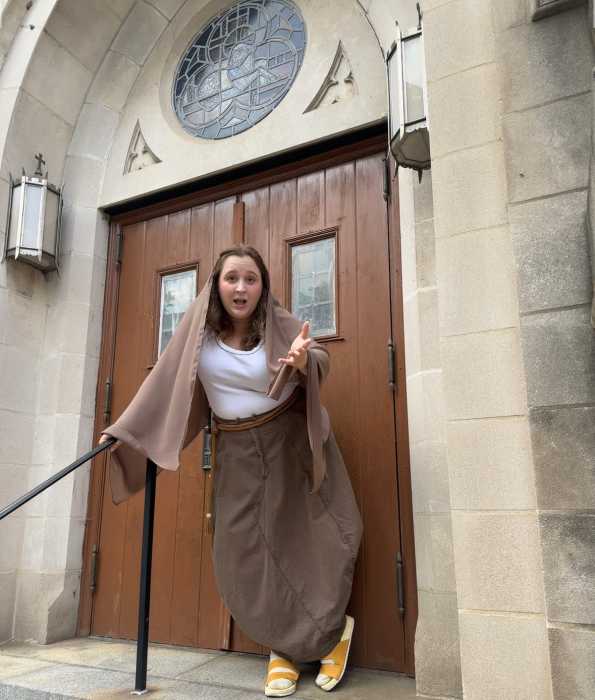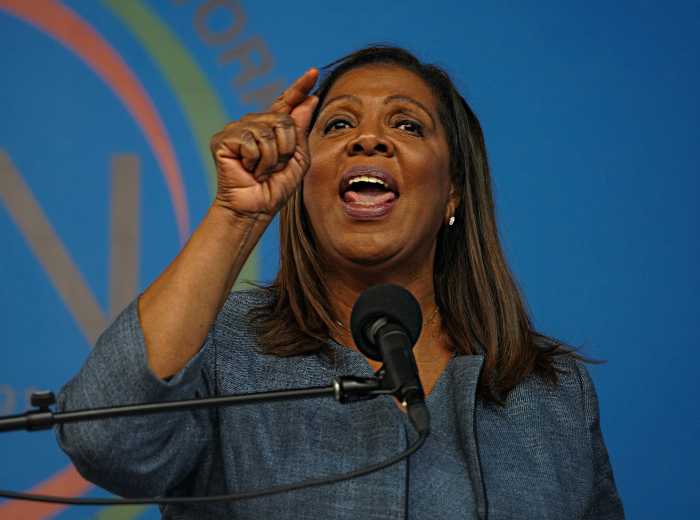Landlord’s refusal to acknowledge rent-stabilized co-tenancy upheld
Providing a vivid illustration of why domestic partnership is not marriage under another name, as some have claimed, New York County Supreme Court Justice Nicholas Figueroa upheld a determination by the New York State Division of Housing and Community Renewal that a man who is registered with New York City as the domestic partner of a rent-stabilized tenant is not entitled to have his named added to a residential lease as a co-tenant.
According to Figueroa’s June 2 opinion, Dan Zagrosik began renting his apartment in 1991, and his partner Gregg Hanson moved into the apartment in 1993. They have been living together as partners ever since, and have registered with New York City as domestic partners. But the landlord has refused to add Hanson’s name to the lease.
Zagrosik went to the State Division, which administers the Rent Stabilization Code, seeking an order that Hanson be made a co-tenant as his spouse. The Code specifies that a “spouse, whether husband or wife,” shall be added to the lease as a co-tenant at the request of the rent stabilized tenant. Zagrosik pointed to two recent Neew York civil court decisions in which domestic partners were characterized as spouses.
Zagrosik also relied on the New York Court of Appeals’ historic decision in the 1989 Braschi rent-control case which found that a surviving same-sex partner was entitled to the same protection from eviction as other family members if a rent-control tenant dies. Zagrosik also raised the subsequent appellate division ruling that applied the Braschi holding to a rent-stabilized apartment.
None of this persuaded the State Division, which ruled that although Hanson would qualify as a family member and could seek succession rights if Zagrosik moved away or died, he was not entitled to become a co-tenant because he was not a spouse under the Rent Stabilization Code.
Courts will not overturn such an administrative determination if it is a “rational interpretation” of the Code and not directly contrary to New York law. Justice Figueroa held that the ruling met those criteria.
Figueroa noted that civil court rulings, such as the two that characterized domestic partners as spouses, are not binding on the Supreme Court, and the only binding precedent he could find was Hernandez v. Robles, the Appellate Division’s recent decision reversing the New York City same-sex marriage victory. (Last month the Court of Appeals heard arguments in Hernandez and three other marriage cases, with a decision expected this summer.) Since the Appellate Division found that denying marriage licenses to same-sex couples did not violate the State Constitution, opined Figueroa, denying co-tenant status to a domestic partner also would not violate the State Constitution, thus rejecting Zagrosik’s claim that the State Division’s ruling violated his right to equal protection of the laws.
Figueroa also dismissed the relevance of Braschi, finding that it provided for succession rights, not co-tenancy. Zagrosik had argued that this resulted in seriously unequal treatment, because his partner would be subjected to “an emotionally and financially draining succession rights case” should anything happen to Zagrosik, and that Hanson would not automatically be entitled to a renewal lease unless he was a co-tenant.
Figueroa responded that in Hernandez v. Robles the Appellate Division had ruled that “society and government have reasonable, important interests in encouraging heterosexual couples to accept the recognition and regulation of marriage” that justified treating them differently from same-sex couples.
How that bears logically on housing rights in the tight New York City rental market is anybody’s guess.
The case, however, is emblematic of the ongoing legal pitfalls that face committed couples unable to marry.
gaycitynews.com































